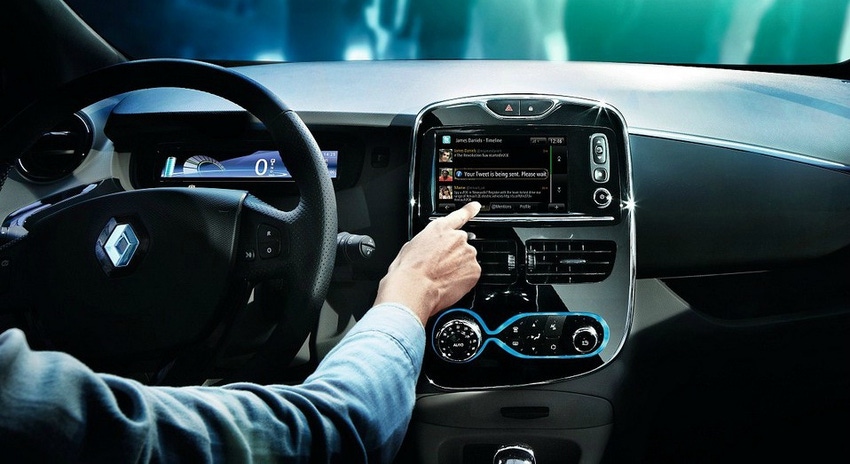The number of in-vehicle apps in use is expected to reach 269 million by 2018 according to a report published this week by Juniper Research, representing a more than fivefold increase on last year’s figure.
July 2, 2014

The number of in-vehicle apps in use is expected to reach 269 million by 2018 according to a report published this week by Juniper Research, representing a more than fivefold increase on last year’s figure.
Anthony Cox, associate analyst at Juniper Research and author of the report told Business Cloud Newsthat while the business model leaves much to be developed, those that stand to gain most are telcos and cloud service providers.
“By 2018 most new vehicles will come with integrated apps as standard,” Cox said. “After-market app integration will also be commonplace, as head-unit manufacturers launch increasingly sophisticated devices.”
The report found that the integration of apps into the vehicle will have a profound effect on traditional monetisation models, potentially denting revenues for existing telematics service providers.
Despite a combination of regulations and industry initiatives combining to ensure embedded telematics won’t necessarily disappear (regulatory measures forcing vehicle OEMs to embed anti-theft systems in their cars, for instance), widespread smartphone tethering and in-vehicle apps will continue to drive down the price of vehicle manufacturers’ own embedded telematics infotainment services.
“The development of the market will be bolstered as 4G becomes more popular, and of course cloud is an increasingly crucial element here,” said Cox. “The content is more often than not hosted in the cloud, and APIs that link the cloud infrastructure to the applications will allow increased manageability and thus become more important as well.”
Cox told Business Cloud News that new entrants like Google and Apple, which are approaching the vehicle as an extension of their respective mobile platforms, are completely transforming the segment. But they won’t necessarily be the players generating the revenue from these services.
“The business model is still being written, however telecom operators stand to gain to a limited extent from data sales, and content providers will benefit from subscription revenues. In the short term systems integrators may have a role in developing the supporting infrastructure required for new business models based on telematics,” he added.
At the same time vendors like Ericsson and IBM are working hard to develop their own connected car platforms to underpin the next generation of in-vehicle services. But the challenge these vendors face are quite distinct: they have to convince vehicle manufacturers and then consumers to buy into their own infotainment services, whereas by outsourcing the front end (and to some extent the back end) to the Apples and Googles of the world vehicle OEMs already get buy-in from drivers via the handset ecosystem they’ve already chosen. Then it’s just a question of delivering any bespoke infotainment service over and above that an Android or iOS-compatible app.
About the Author(s)
You May Also Like








.png?width=300&auto=webp&quality=80&disable=upscale)


_1.jpg?width=300&auto=webp&quality=80&disable=upscale)


.png?width=800&auto=webp&quality=80&disable=upscale)